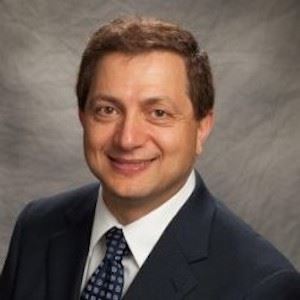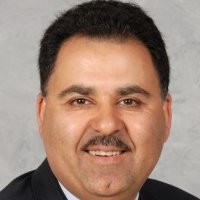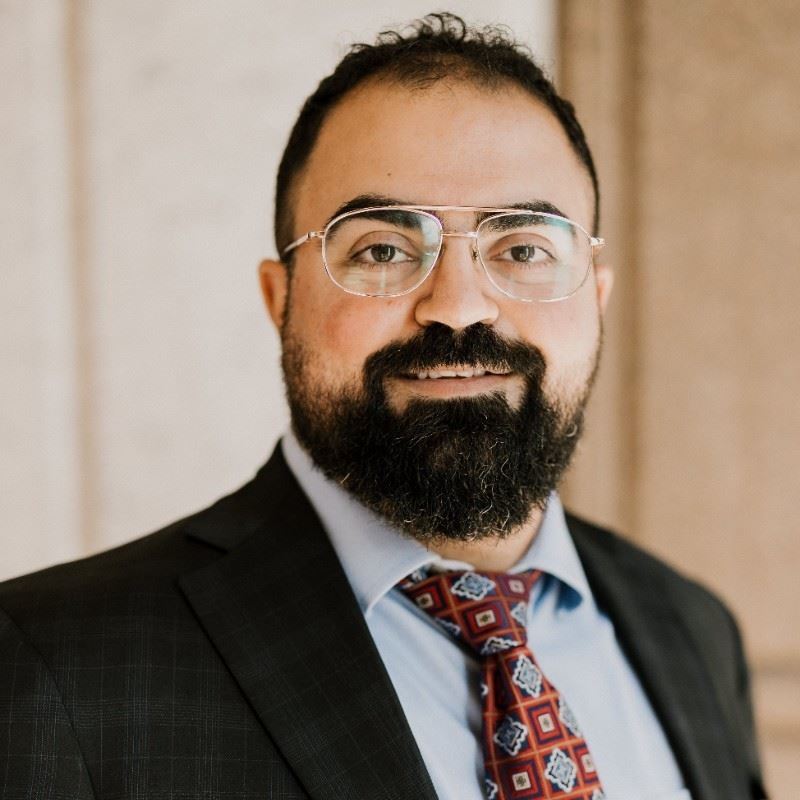LAU Collaboration |
iLEAP (Industry-focused Lebanese Education & Academia Partnership) is a collaboration between LebNet and LAU that brings real-world industry expertise into the classroom.
LebNet members deliver in-person or virtual guest lectures and seminars as part of LAU’s credited courses. Topics are selected with faculty to complement academic content and offer students practical, industry-aligned insights.
Browse the list of delivered lectures below.
| The first lecture was delivered by Jibran Jahshan, VP of Software Engineering at NVIDIA, as part of LAU’s Computer Vision and Deep Learning course taught by Dr. Lina Karam. He spoke about NVIDIA’s work in deep learning for autonomous driving, the rise of AI applications, and key challenges in bringing DL-based solutions to market. |
|
On February 22, 2021, Gregory Akiki, Senior Director of Quality at GLOBALFOUNDRIES, delivered a lecture on AI in semiconductor manufacturing, highlighting business drivers, key applications, and implementation challenges. With over 35 years of industry experience, Akiki is leading efforts to scale AI adoption in manufacturing.
|
| On April 12, 2021, Dr. Roland Menassa delivered a webinar on emerging technology trends in automotive, aerospace, and e-commerce, highlighting the role of AI, machine learning, and data analytics. Speaking to over 60 LAU students, he addressed the tradeoffs of automation, future job prospects, and offered career advice on building both technical and soft skills. |
|
On April 29, Charlie Matar, VP at Synopsys Inc., gave a seminar to LAU students on AI and manufacturing in the semiconductor industry, with insights into 5G, cloud computing, AI hardware trends, and big data/IoT. He also shared his experience leading Synopsys' silicon design and AI R&D teams. Matar brings over 30 years of expertise in chip design and technology.
|
| On November 11, Hicham Ghossein, CEO of Endeavor Composites, gave a seminar on polymer-reinforced composites, focusing on non-woven reinforcements and the wet-laid process for carbon fiber. He discussed manufacturing techniques, fabric types, and the key factors influencing production. |





